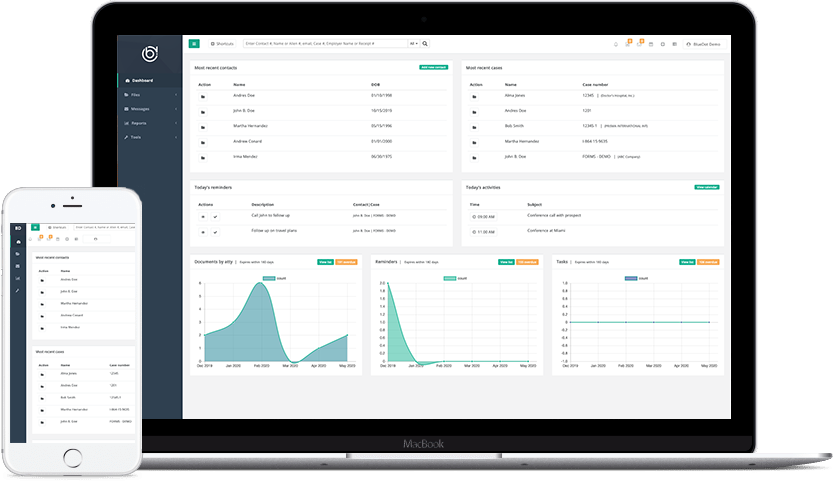BlueDot: The Software Fighting COVID-19
Immigration Software , BlueDot
California was the first state in the nation to shut down when COVID-19 broke out. With the help of BlueDot, a Toronto-based company that uses artificial intelligence to scan the world for infectious diseases, California was able to receive a head start. Dr. Kamran Khan, the founder of BlueDot, has used this algorithm to predict the past movements of both Zika and Ebola. They have clients from public health sectors in 12 countries, multiple airlines, and hospitals around the world.
None of the United States public health officials are clients of BlueDot. In January, while Donald Trump was insisting that the virus was under control, BlueDot was urgently preparing their clients for the reality of the outbreak. California Governor Gavin Newsom employed BlueDot’s software after hearing about coronavirus, taking matters out of the federal government and into his own hands. On March 17th, the Bay Area shut down, and on the 19th, all of California was told to quarantine, thanks to BlueDot.
Global Air Travel Tracker, BlueDot
This small company started an algorithm that tracks the spread of infectious diseases. Everyone from Geographers and engineers, to veterinarians and ecologists helped design and inform the program. The algorithm is currently reading information in 65 languages, processing every 15 minutes, 24 hours a day. It is known as a ‘digital early warning system’ meaning that it provides people in the public health sector with early information. They were one of the first to detect COVID-19 and raise alarm worldwide. BlueDot doesn’t rely on skewed statements from the government. Rather, it sorts through data from medical bulletins, livestock reports, and even tracks flight information from more than 4,000 airports in order to predict where the virus will break out next.
After Khan pressured airlines to release information, they were able to access the whereabouts of over 800,000 people traveling out of Wuhan to different cities on December 31st. Using this information, they created maps that showed the likely location of the next outbreak, based on the number of people traveling to those places from Wuhan. They analyzed that most of the travel, outside of Asia, went to Los Angeles, San Francisco, and New York. By the time New York established state wide stay-at-home orders, they had already racked up over 15,000 deaths, while California hovered around 1,500.
““We are literally seeing in to the future and predicting in real-time based on constant update of information where patterns are starting to occur before they become headlines,””
Figures compiled by the ‘COVID Tracking Project’ show that California was leading the nation in deaths at 53 around March 4th. However, by April 6th, California’s 14,336 cases were dwarfed by New York’s 130,689 cases. BlueDot tracked anonymized cell phone data in a 24 hour period in Los Angeles, in order to analyze whether or not the stay-at-home orders were being followed.
Outbreak Risk Software, BlueDot
As a photography magazine, we know how important imagery can be. The disease mapping done by BlueDot creates an incredibly informed snapshot of where the coronavirus outbreaks will shift. Using nationwide data, they can create images that predict the future. Those images will help predict our future, and BlueDot, a small Canadian Company, has surely an enormous part in that outcome.










